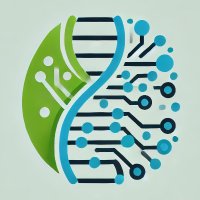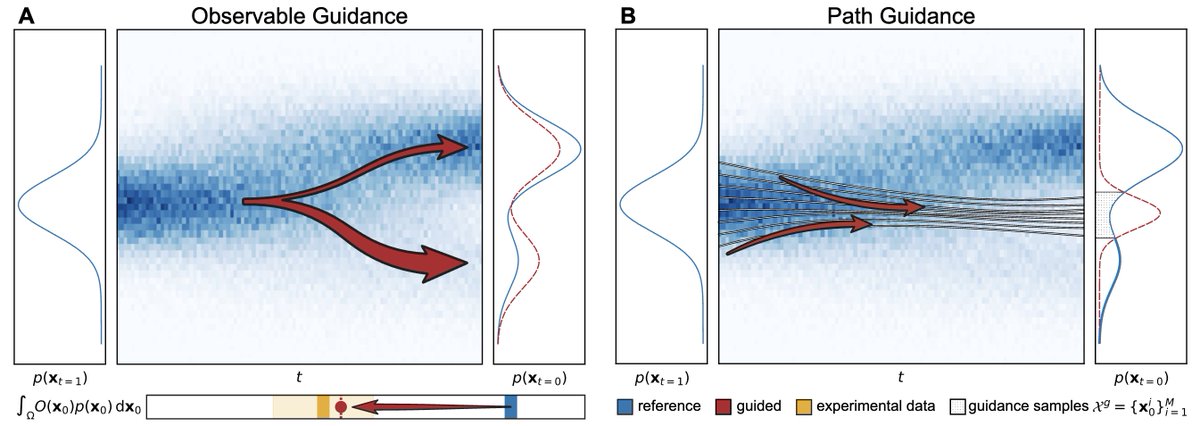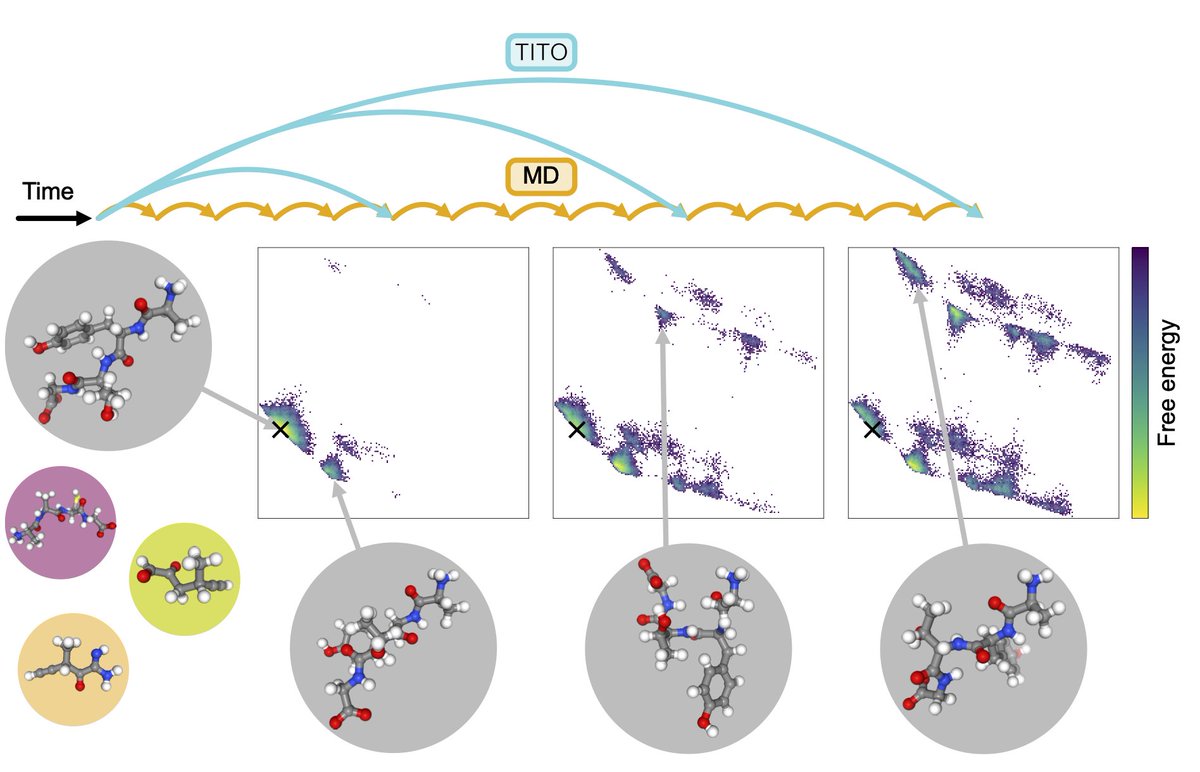
Ross
@rssrwn
PhD student at AstraZeneca and Chalmers University working on generative models for molecules. Computer Science undergrad at Imperial College.
ID: 1803091755174162432
18-06-2024 15:46:05
16 Tweet
57 Followers
279 Following



Registration for this years CHAIR Structured Learning Workshop is open. Speakers include: Klaus Robert Müller, Jens Sjölund, Alex Tong, Jan Stühmer Arnaud Doucet, Marco Cuturi, Marta Betcke, Elena Agliari, Beatriz Seoane, Alessandro Ingrosso, ui.ungpd.com/Events/60bfc7b…










🚀 Presenting #DeFoG: our discrete flow‑matching framework for graph generation! Catch our #ICML2025 oral presentation today (3:30 – 3:45 PM, in West Exhibition Hall C) and drop by the poster right after (4:30 –7:00). Come chat graphs & generative models! Manuel Madeira

Thrilled to announce that the first paper from Flemmings PhD was accepted as Poster for NeurIPS2025! In this paper we adapt the HollowNet idea from Ricky T. Q. Chen to equivariant MP networks, to get cheap sample likelihoods for CNF-based Boltzmann Generators. Preprint/code soon.









